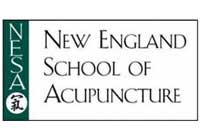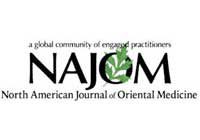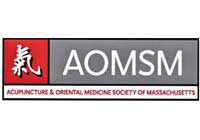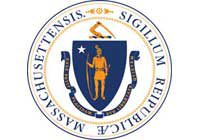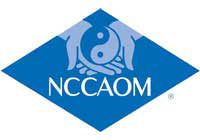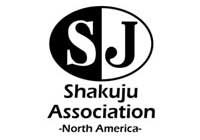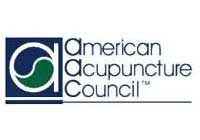A Philosophy for a More Balanced Life (2:10)
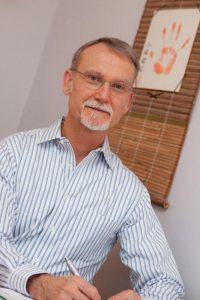
My interest in Eastern philosophy and medicine had been an evolutionary process.
An exploration into meditation practice after college gradually led to study of eastern traditions of holistic, energetically healing medicine, including acupuncture. Early on, I became acquainted with Reiki, an ancient Japanese form of energy healing, and took a certification course so I could practice it. It was in this context that I learned of Chinese medicine.
A void in my career; something needed to change.
Meanwhile, for over 20 years, I was working as a real estate appraiser and asset/finance manager. I was successful in the traditional sense, but as time went by, I felt a lack of fulfillment in my work.
Perhaps not so coincidentally, it was around this time that the chronic back pain I’d been experiencing became so debilitating I had to give up on a life-long passion for distance running.
Like many people who come to see me now, I was at my wits’ end.
I started intensively researching treatments for musculoskeletal conditions, from conventional Western to Eastern holistic. I tried almost every conventional approach short of surgery.
On the recommendation of a friend, I went to see an acupuncturist.
After only a few sessions, my back pain started to subside. Even more surprisingly, my sense of focus, peace, and clarity heightened with each treatment. This experience was a turning point for me. Acupuncture didn’t just become a staple of my healthcare; it became that something more I’d been seeking.
I also went on to run 4 more marathons.
And so my career in healing began.
Having decided to pursue a career in acupuncture, I enrolled at the New England School of Acupuncture (NESA). Japanese acupuncture’s elegant philosophy and style of less-is-more inspired me to pursue the Japanese Acupuncture Styles track. Here, I was exposed to non-insertive acupuncture and completed a 9-month certification program in Toyo Hari Meridian Therapy just before graduating with my Master’s in Acupuncture.
I continued at NESA as a faculty member, where I especially enjoyed guiding students in the practice of JA styles. Becoming a founding member of the NESA Institutional Review Board allowed me to see cutting-edge research and innovations up close as well as to contribute to the IRB’S review and oversight of all research conducted at NESA.
In private practice, I employed traditional Chinese medicine/acupuncture and Toyo Hari non-insertive styles. I also produced several publications as well as presentations for professional, business, and educational groups.
Non-insertive acupuncture becomes a cornerstone of my practice.
After establishing my private practice, I was introduced to Shakuju Therapy (SJT), a particularly gentle yet powerful form of non-insertive acupuncture. Encouraged by Sensei, Shoji Kobayashi, the founder of SJT, I undertook several years of rigorous study and practice in Japan and the United States. Along the way, I became a founding member of the Shakuju Association of North America and ultimately became 1 of 8 practitioners outside Japan certified to teach this style of acupuncture.
Since then, I have continued my studies in SJT and have incorporated its use as the central focus of treatment in my practice.
I am now able to offer others what acupuncture has given me: the ability to live a happier, fuller, pain-free life.
The relief my patients feel from acupuncture is just the beginning of their treatment experience. It is my mission to help them feel inspired by their success so they can go on to nurture their wellbeing in sustainable ways.
To this end, I offer complementary therapies and health coaching. Fundamentally, I encourage the development of strategies to eat better, exercise more, improve sleep patterns, and foster key relationships.
Needless to say, not only am I passionate about acupuncture and holistic medicine professionally, but also am grateful for them personally.
I am fortunate to be able to make a difference doing work I really believe in. To each patient, student, and teacher of mine, for every opportunity they have given me to learn and grow, I am thankful.
